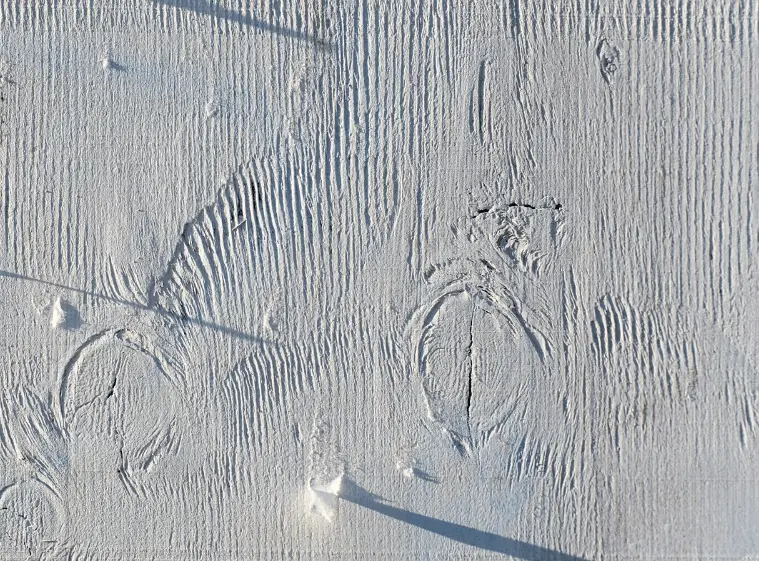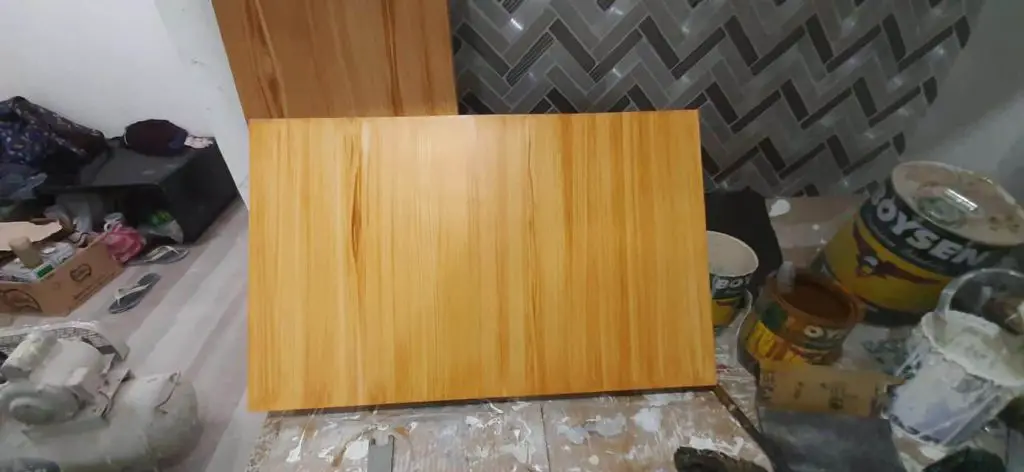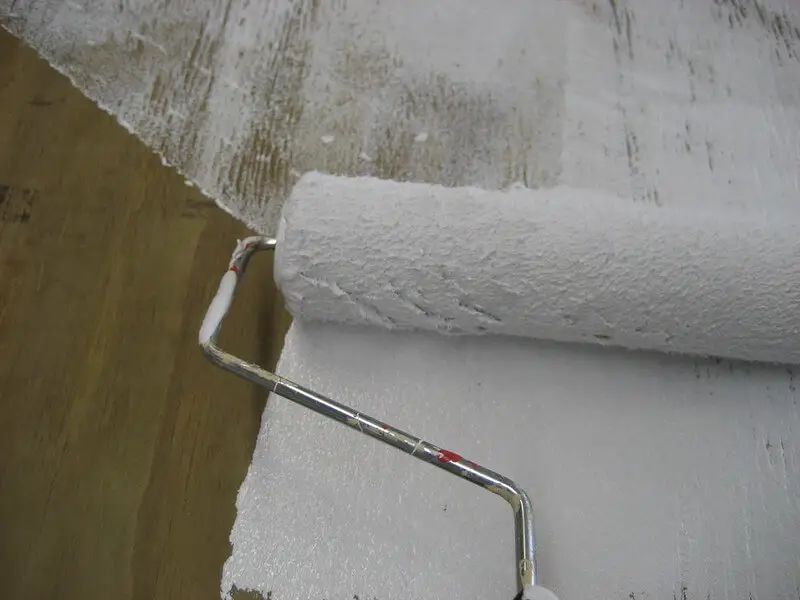Plywood is made by sticking together multiple layers of wood veneers. Builders and woodworkers favor this popular building material as it is inexpensive and easily available in the market. It is mostly used in constructions that require large-width wood pieces such as walkways, gazebos, sheds, planters, and outdoor shelves.
Despite its availability, versatility, and affordability, plywood falls short of the required weather-resistance qualities for durable outdoor use. Exposure to moisture causes plywood to rot, weakening its structural frame.
With that in mind, let us look at how you can treat plywood effectively for outdoor use to ensure it serves you for a longer time.
Plywood’s Susceptibility to Natural Elements
Plywood is susceptible to moisture-induced damage. When exposed to moisture or high humidity conditions, this wood variety soaks in the moisture and begins to rot. Damp wood veneers create a suitable environment for fungus to grow, ultimately causing the plywood to start decomposing.
More worryingly, the trapped moisture and growing fungus cause the glue-holding veneers in place to break down. As a result, the plywood’s structural integrity is compromised, causing it to crack and eventually collapse.
Treating Outdoor Plywood
Given plywood’s inability to resist natural elements, it is important to treat the material for reliable outdoor use. The most effective finishes you can use to treat this material include paint and polyurethane.
Paint Finish
Using paint is a straightforward means of treating plywood. For outdoor applications, it would be best to use exterior latex paint. This type of finish offers the plywood optimum waterproof capacity, cracks or peels lesser than other varieties, and is easy to clean with water.

Also, latex paint is not yellow like an alkyd or oil-based paint after a while. However, as discussed in this outdoor wood treatment article, paint finish is also disadvantageous since it obscures the wood’s aesthetic qualities, such as grain patterns.
Step I: Prime the Plywood
To apply this finish, begin by priming your plywood. Using bonding primer makes this treatment process easier since it negates the need to sand down the plywood before painting. The bonding primer ensures the paint bonds with the plywood.
Step II: Apply Paint
After applying a thin layer of primer, let the plywood sit for 30 minutes and start applying your paint. Ensure you cover the entire wood surface for maximum protection.
Step III: Apply a Topcoat
Lastly, apply a thin layer of topcoat to the dried latex paint. The best topcoat finish for painted plywood is water-based polyurethane. This finish is clear, thus does not obscure the paint’s color, and does not yellow.
Polyurethane Finish

Polyurethane is another ideal finish for outdoor plywood, especially for woodworkers who prefer retaining the wood’s natural look. Oil-based polyurethane is the poly of choice for outdoor applications, given its superior water-resistance capacity. This variety is more durable than water-based polyurethane and offers plywood-enhanced protection from natural elements.
Step I: Preparation & Sealing
The first step in applying poly finish to outdoor plywood is scuffing the wood surface to a smooth finish using 150-grit sandpaper. Sanding down the wood’s surface opens its pores for effective poly penetration. Using a bristle brush, apply the first coat of poly as the sealer. Give this coat 24 hours to dry before applying additional coats.
Step II: Apply Poly
Use broad and long strokes to ensure you cover the entire wood surface. Also, maintain a thin application and overlap the strokes for an even finish. Pay particular attention to drips along the bottom edges.
Step III: Apply a Topcoat
Once all the coats are dry, sand down the wood surface again to ensure the poly layers are smooth. Pass your hand over the plywood to ensure it is as flat as a pancake. Lastly, apply oil-based varnish over the poly to attain a glossy finish.
Conclusion: Treat Plywood for Outdoor Use
In summary, plywood is a popular building material favored by woodworkers for its versatility, availability, and affordability. However, it is susceptible to rot and structural damage when exposed to moisture. Therefore, it is important to treat plywood before using it for outdoor use to protect it from natural elements and ensure durability. The most effective finishes for this purpose include paint and polyurethane.

